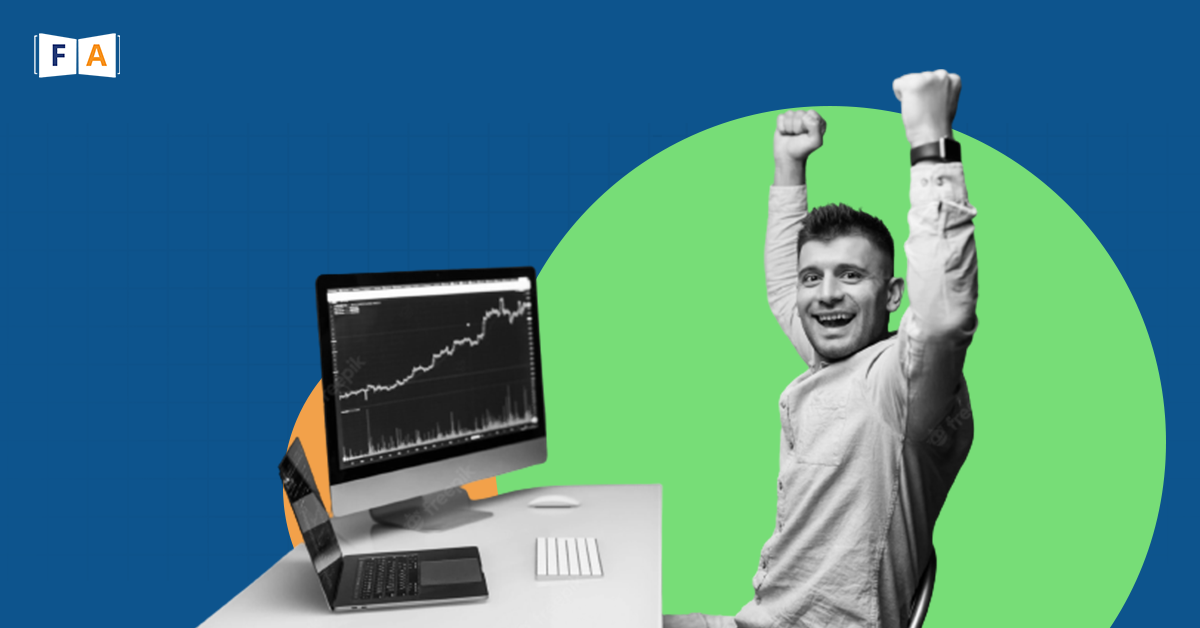
What is derivative trading?
What exactly is a derivative?
A derivative, as the name implies, is a financial instrument that is derived from another financial instrument and then traded as a separate product. Futures, which we discussed in our earlier guide to commodity markets, are one of the most common examples of this. The commodity is the product (known as the ‘underlying’) from which the future is produced in this situation.
Derivatives can be found in all asset classes of the financial markets and are often used for hedging or speculating. For example, a corporation might purchase currency forward contracts to mitigate the risk of losing money due to variations in the exchange rate of two currencies.
They’re also one of the most difficult to comprehend and entail a significant degree of risk.
Derivatives can be bought and sold on exchanges as well as over the counter (OTC). Either ‘open outcry’ on the trading floor, when dealers yell prices to one other and use hand signals, or electronic trading systems are used for exchange trading. There are very few open outcry exchanges left these days; in London, only the London Metal Exchange (LME) trades this way.
OTC derivatives trading is a little less transparent and a little riskier. Privately negotiated, customised contracts are exchanged directly between buyer and seller, exposing each party to the risk of the other defaulting.
In practice, derivative traders often combine OTC and exchange trading to mitigate risk.
What is the mechanism behind it?
Any guide to derivative trading for beginners is incomplete without understanding the mechanism behind it. The underlying markets, commodities, equities, and foreign exchange were all covered in prior chapters of this series. All of these, as well as the interest rate and credit (or debt) derivatives, are traded through derivatives contracts. Interest rate swaps have the highest trading volume, accounting for roughly 70% of the global derivatives market.
What is an interest rate swap, and how does it work? In simple terms, a forward contract is an agreement between two parties to exchange a fixed rate for a fluctuating rate. The benchmark London Interbank Offered Rate (LIBOR) comes into play here.
Remember the recent LIBOR rigging controversy, in which several investment banks were discovered to be fixing the rate? This essentially means that traders intentionally raised the LIBOR rate, resulting in higher interest rates on loans to firms.
Credit derivatives are debt-based financial instruments. You may have heard the term “credit default swaps (CDS)” in the headlines; they are the most common, and they entail a buyer making regular payments to a seller in exchange for compensation if the loan defaults. The defaulted loan is taken over by the vendor of the CDS. FX swaps, forward contracts, and options are all common foreign exchange derivatives in the market.
What are the different types of derivatives trading?
A futures contract is an agreement to acquire or sell an item at a certain price at a specific time. When you buy a futures contract, you are promising to pay the asset’s price at a specific time. When you sell a future, you’re effectively promising to transfer the asset to the buyer at a specific price and at a specific time.
An option grants the asset’s owner the right to buy or sell the underlying asset at a specified price. A ‘call’ (the right to buy) or a ‘put’ (the right to sell) is a type of option (the right to sell).
Assume Londonist has decided to build a cake shop, and we believe that flour will be more expensive in three months than it is now, reducing our profit. We can guard against this by purchasing a flour futures contract, which means we’ve locked in the price of the flour we’ll buy, so even if the price rises, we’ll still pay the same.
If we used an option contract instead of a futures contract, we would be purchasing the right to buy flour at a later date rather than the obligation to buy, as we would with a futures contract.
Who is it that buys and sells derivatives?
Quite a few folks. The vast majority of financial institutions do not specialise in a single asset class; to control risk and make a profit, they purchase and sell a wide range of instruments. The ‘purchase side’ of the market includes people like fund managers, hedge funds, corporate treasurers, and the government. Hedge funds, in particular, have fueled the recent surge in derivatives trading volume — a hedge fund is an investment fund used by pension funds or high net worth individuals (also known as the super-rich) to benefit from the money they hold, such as your pension fund. Broker/dealers will also trade on behalf of their clients and profit from the transaction.
…And why is that?
People buy and sell derivatives for a variety of reasons, including speculation and hedging, as previously stated. While derivatives aren’t inherently dangerous or speculative, the largest issues arise when they’re mishandled, either because buyers and sellers don’t comprehend them or for dishonest purposes.
Derivative Trading is no easy business, and requires years of skills and experience. FinLearn Academy’s ‘Derivative Trading Course for Beginners’ is the perfect start for all your trading needs.





